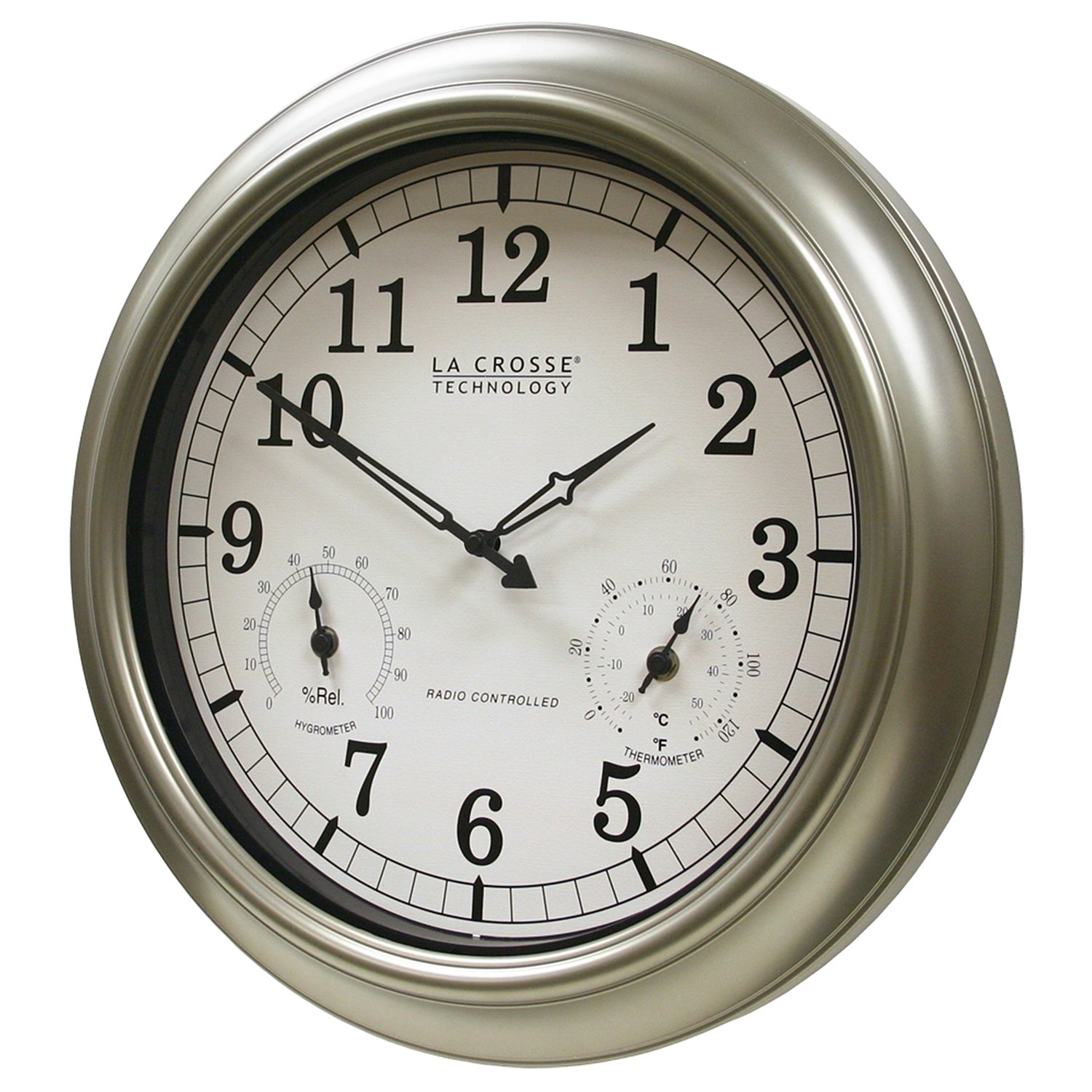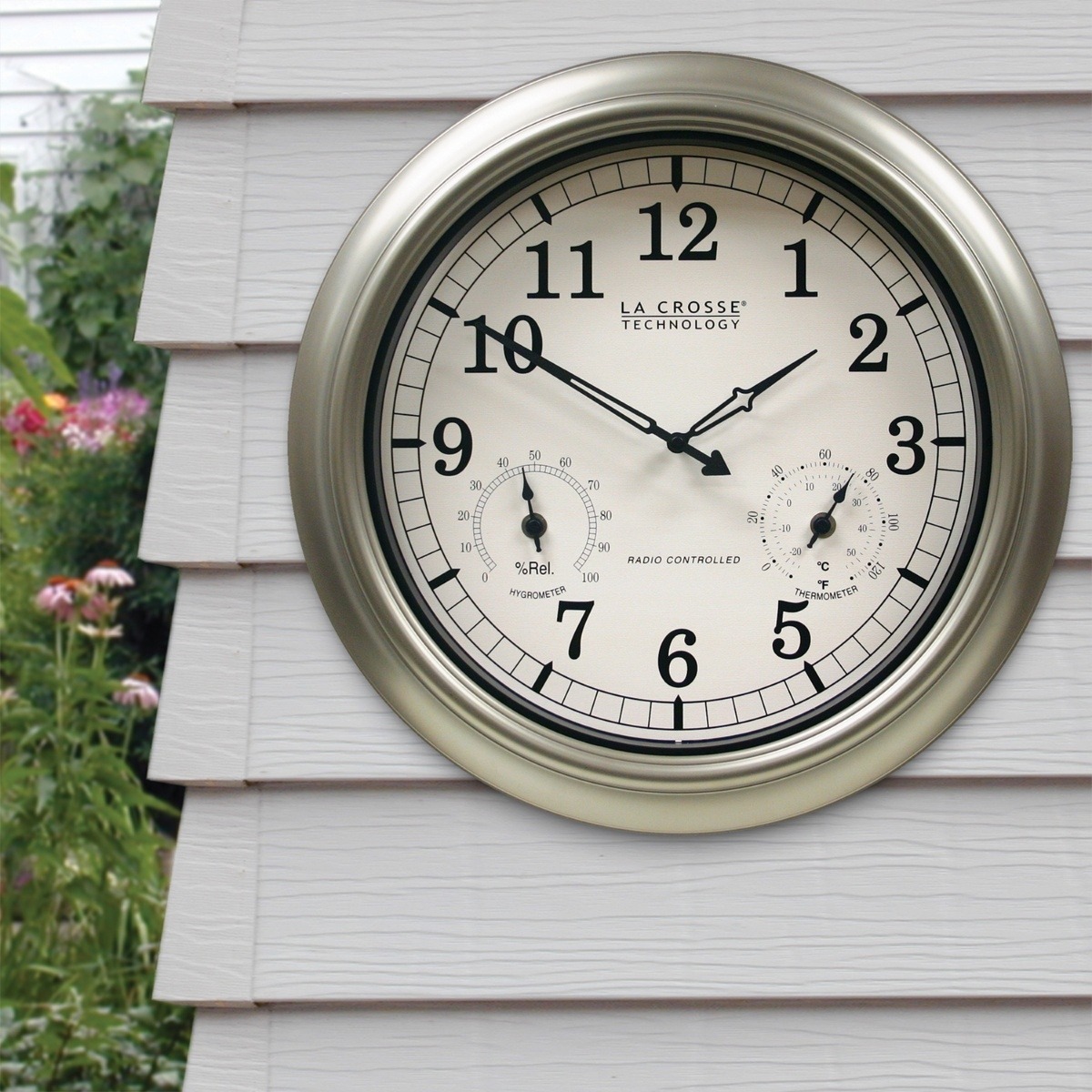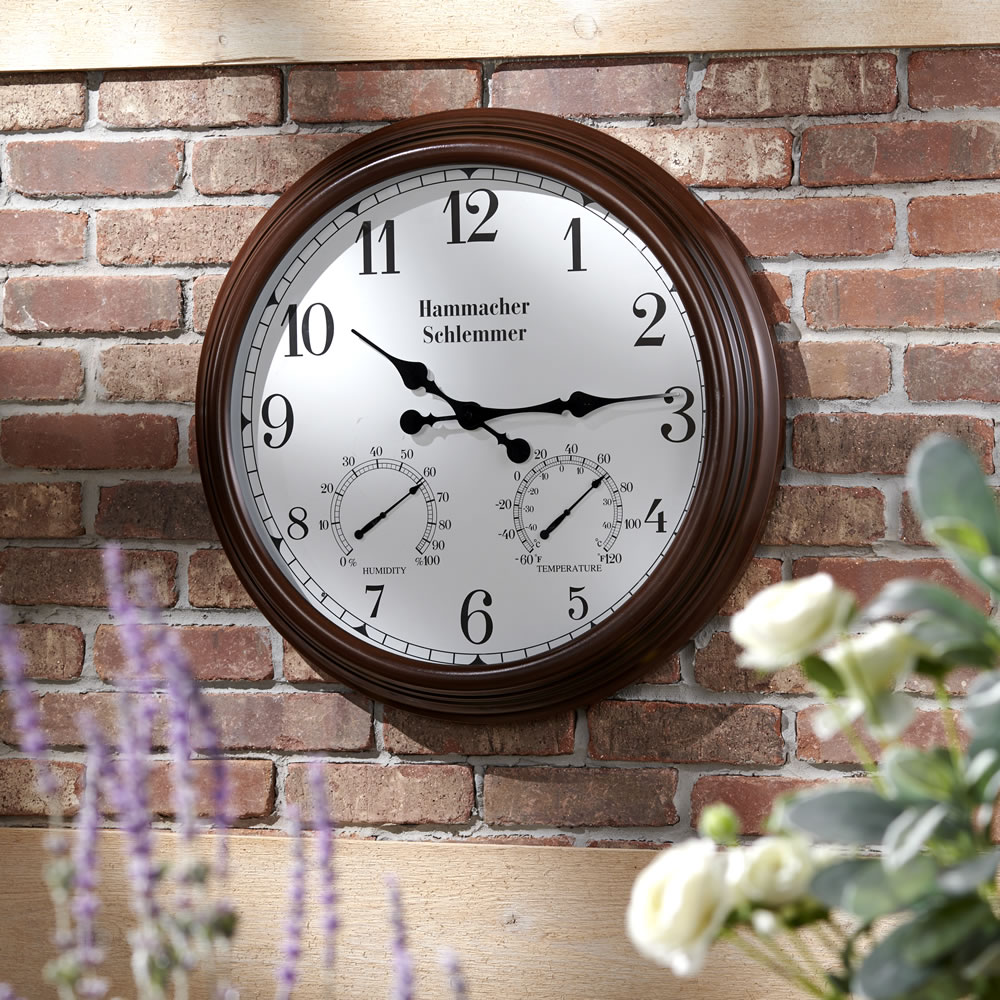
Then two vertical lasers are used to nudge the atoms up about a metre (creating a “fountain”) through a microwave-filled cavity. The timing process begins by introducing cesium gas into a vacuum chamber and directing six infrared lasers (located at right angles to one another) to compact and cool (slow down) the cesium atoms to a temperature near absolute zero. These clocks get their name from the fountainlike motion of the constituent cesium gas. Since that time, laboratories around the world have steadily improved the accuracy of cesium fountain atomic clocks. The principle underlying the cesium clock is that all atoms of cesium-133 are identical and, when they absorb or release energy, produce radiation of exactly the same frequency, which makes the atoms perfect timepieces. Until the 1990s the cesium beam atomic clock was the most accurate standard of atomic time and frequency. The conference defined the second as “the duration of 9,192,631,770 periods of the radiation corresponding to the transition between the two hyperfine levels of the ground state of the cesium-133 atom.” In 1967 the 13th General Conference on Weights and Measures redefined the second, the unit of time in the International System of Units, in terms of the cesium standard so as to equal the second of Ephemeris Time. In an atomic clock these quantum transitions are observed and maintained in a feedback loop that trims the frequency of the electromagnetic radiation like the recurrent events in other types of clocks, these waves are then counted. Only when this radiation is maintained at a highly specific frequency will it induce the quantum transition (energy change) of the cesium or rubidium atoms. The electronic components of atomic clocks are regulated by the frequency of the microwave electromagnetic radiation. Learn about clocks and the most precise of them all, the atomic clocks See all videos for this articleĪtomic clock, type of clock that uses certain resonance frequencies of atoms (usually cesium or rubidium) to keep time with extreme accuracy. SpaceNext50 Britannica presents SpaceNext50, From the race to the Moon to space stewardship, we explore a wide range of subjects that feed our curiosity about space!.Learn about the major environmental problems facing our planet and what can be done about them! Saving Earth Britannica Presents Earth’s To-Do List for the 21st Century.Britannica Beyond We’ve created a new place where questions are at the center of learning.100 Women Britannica celebrates the centennial of the Nineteenth Amendment, highlighting suffragists and history-making politicians.COVID-19 Portal While this global health crisis continues to evolve, it can be useful to look to past pandemics to better understand how to respond today.Student Portal Britannica is the ultimate student resource for key school subjects like history, government, literature, and more.From tech to household and wellness products. Britannica Explains In these videos, Britannica explains a variety of topics and answers frequently asked questions.



This Time in History In these videos, find out what happened this month (or any month!) in history.#WTFact Videos In #WTFact Britannica shares some of the most bizarre facts we can find.Demystified Videos In Demystified, Britannica has all the answers to your burning questions.Britannica Classics Check out these retro videos from Encyclopedia Britannica’s archives.


 0 kommentar(er)
0 kommentar(er)
